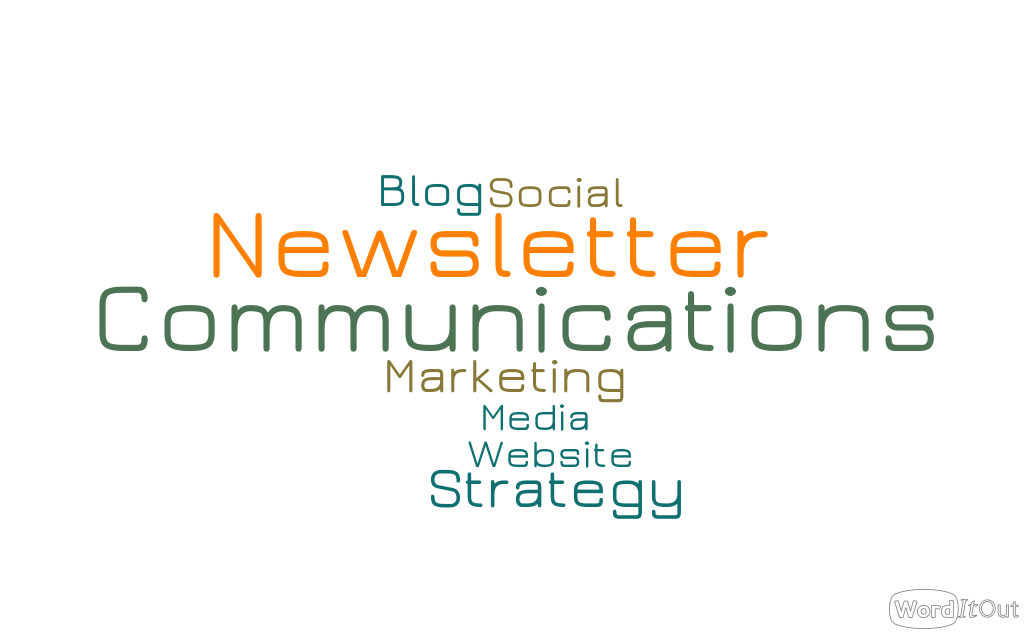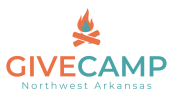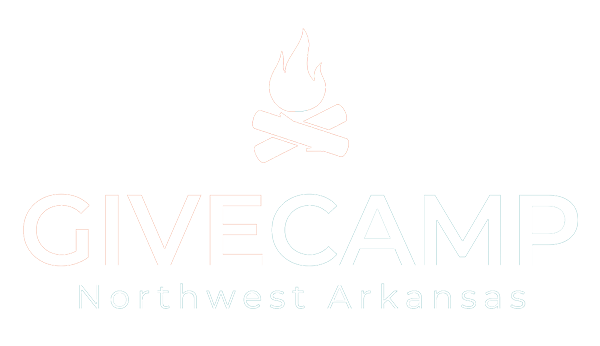By Jamie Smith, board member
Whether your nonprofit is in its infancy or if it’s been around for decades, you face the challenge of getting the right message to the right people. Donors, volunteers, clients, and the community at large each have specific needs and specific messages they need to hear.
So, how do you do it? In this day and age, communicating using online techniques are considered the most common and often, the easiest way to keep everyone engaged. We still believe there is a place for print, but that’s a discussion for another blog.
Today, let’s go over the four key components of a nonprofit’s online communications strategy.

Website
Your website is the most important piece of your online communications strategy. Social media is important, but a Facebook page should never replace your website. Your website should be your communications hub and where people go to find information, sign up for events, subscribe to your newsletter, and find out what social media platforms you use.
A website also provides a sense of legitimacy. A quality, updated website is the expectation for businesses and nonprofits alike. Given all the free, inexpensive, and DIY platforms you can use, there is no excuse to not have a quality website!
Blog
Your blog should be part of your website to get the most benefit, but we want to discuss it as a separate part of your overall communications strategy. We can think of at least six reasons your nonprofit needs to have a blog, including search engine optimization, thought leadership in your nonprofit’s industry, platform ownership (you don’t own Facebook!), brand accessibility, and many engagement opportunities.
Your blog might be the most time consuming, but we encourage you to find a way to make it happen. Even posting once or twice a month can make a difference!
Social Media
This one is a no-brainer for most, but figuring out which platforms to be on, what to post, and how to get the most out of your time investment is harder than you might think. In most cases, Facebook is the first one you should consider because of its reach. Beyond that, decide which platforms you should be on based on where your target audiences hang out. You might need different info on one platform than another. No matter what social media accounts you have, make sure to know the rules and how to protect your organization from spammers and haters.
Newsletter
Some marketings would argue that your newsletter is the most important online communication tool next to your website. Your newsletter is the only way you can directly share your message with your various audiences because they are delivered to each person’s email inbox. You can segment your audiences so only certain people get a newsletter, which allows you to easily alter the message to meet the audience. Most newsletter platforms have a free or cheap version for nonprofits, making it more feasible.
What other questions do you have about communications for nonprofits? Leave us a comment and we will try to do a blog about that topic.

